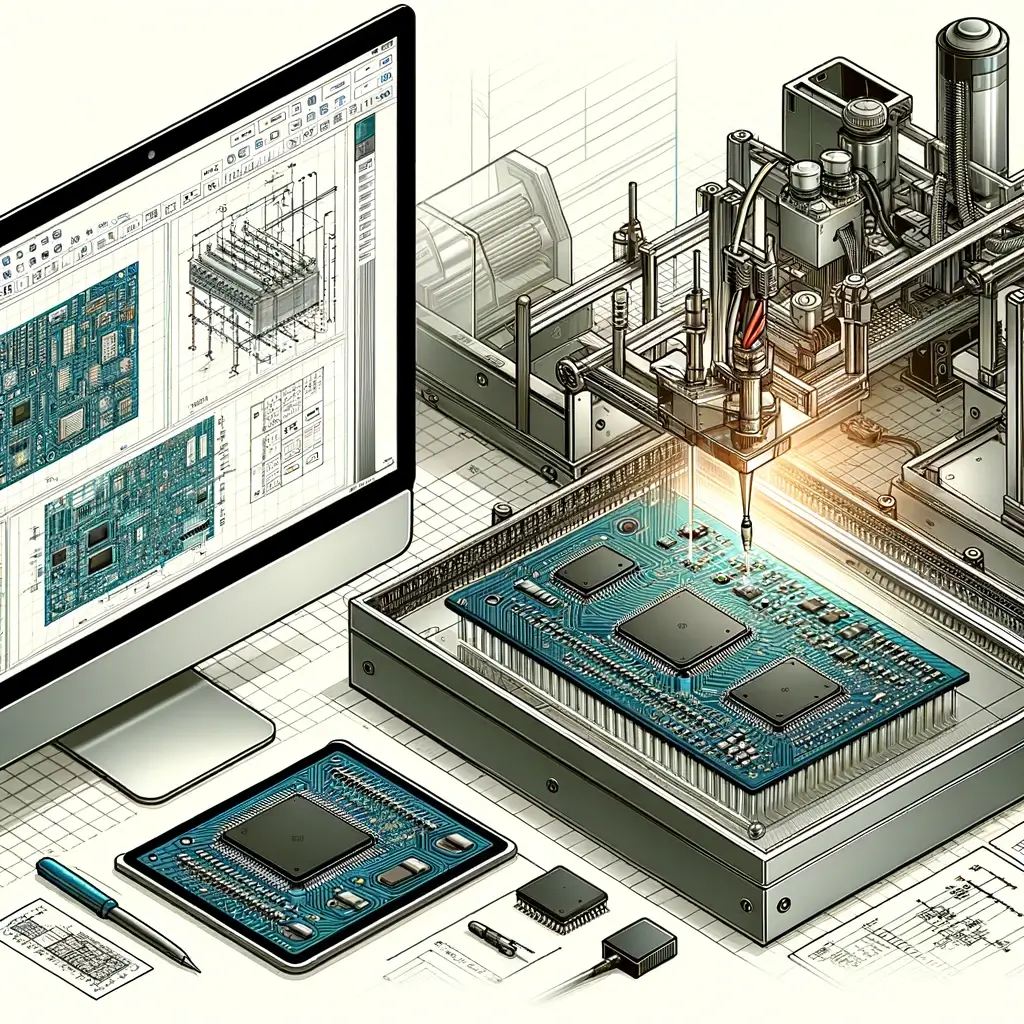Printed Circuit Board versus Printed Circuit Board Assembly: Understanding the Differences
The technology landscape has significantly evolved over the years, and every new product requires a printed circuit board (PCB). The PCB is the backbone device that enables the interconnection of various electronic components that make up the product. While PCBs are essential components in electronic devices, some people are still not familiar with them and may confuse them with Printed Circuit Board Assembly (PCBA). In this blog post, we will define PCB and PCBA while highlighting the differences between the two.
A PCB is a thin board made from non-conductive materials like fiberglass reinforced epoxy or paper-based phenolic. It is usually green, and it has a flat surface with an array of conductive copper traces that electrically connects the different electronic components in a device. These components include resistors, capacitors, diodes, and transistors, among others. On the other hand, PCBA is a structured, interconnected network of electronic components mounted on a single PCB. The components are placed, soldered, and tested to create a functional product.
One significant difference between PCB and PCBA is that the PCB is just a bare board with copper traces, and it may require further fabrication processes to add different electronic components as per design specifications. Once all the components are added, the PCB becomes the PCBA, which is usually a finished product that can be sold. The PCBA is typically more complicated than the bare PCB since it requires specialized machinery and skilled personnel for the final assembly and testing.
Another notable difference between the two is their functionality. PCBs are essential in facilitating connections and communications between electronic components. They are passive components that do not work by themselves. On the other hand, PCBA is a complete assembly that contains both active and passive components. It is a complete product that can function independently without the need for additional components.
The manufacturing process is also a significant difference between the two. PCBs are usually fabricated using a photolithography process that involves a series of coating, etching, and drilling processes. Then, surface-mounted components, which contain a small number of solder points, and through-hole components, which use wires to connect with the PCB, are mounted onto the board. For PCBA, surface-mounted components, like surface-mounted devices (SMD) and ball grid arrays (BGA), and through-hole components are soldered onto the board using reflow ovens or by hand.
Conclusion:
In conclusion, PCB and PCBA are two different electronic components that are fundamental in electronic product manufacturing. While PCB is a passive component that enables the interconnection of other electronic components, PCBA is a complete assembly with both active and passive components. PCB requires further fabrication processes to add the required components, while PCBA is a finished product that can function independently. Understanding the differences between these two can help you make informed decisions when selecting one that best suits your product design specifications.



